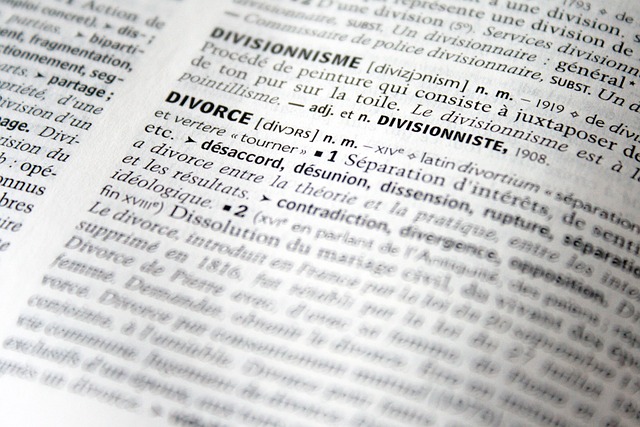Bicycle accidents can lead to various injuries, from minor to severe life-altering trauma, including soft tissue damage, head injuries, fractures, and whiplash. Prompt first aid, immediate medical attention, and specialized rehabilitation are crucial for optimal recovery. In the aftermath, swiftly assess life-threatening signs, call emergency services for severe cases, and seek non-delay treatment for all injuries. Document incidents with photos and consult experienced healthcare professionals and lawyers to ensure best possible outcomes.
Bicycle accidents can cause serious injuries, demanding swift and effective treatment. This article guides you through understanding common types of bicycle accident injuries, their impact, and immediate steps for rapid recovery. From recognizing critical injuries to navigating rehabilitation, this resource ensures you’re prepared for every step post-crash. Learn how to prioritize your health and heal efficiently from bicycle accident injuries.
- Understanding Bicycle Accident Injuries: Common Types and Their Impact
- Immediate Steps for Rapid Treatment After a Bike Crash
- Recovery and Rehabilitation: Navigating the Road to Healing from Bicycle Accident Injuries
Understanding Bicycle Accident Injuries: Common Types and Their Impact

Bicycle accidents can result in a range of injuries, from minor scrapes and bruises to severe, life-altering trauma. Understanding the common types of bicycle accident injuries is crucial for fast and effective treatment. One of the most frequent injuries is soft tissue damage, encompassing sprains, strains, and contusions. These injuries often manifest as pain, swelling, and bruising, requiring immediate first aid and medical attention to prevent long-term complications.
Another significant concern are head injuries, which can range from mild concussions to severe traumatic brain injuries (TBI). Given the potential for life-threatening outcomes, prompt recognition and treatment of these injuries are vital. Additionally, fractures, particularly of the arms, legs, or pelvis, are common in bicycle accidents and may require surgical intervention. Moreover, whiplash, a neck injury often occurring during sudden stops or collisions, can lead to chronic pain if not addressed promptly. In cases of severe or complex injuries, consulting with an experienced accident lawyer and ensuring proper medical care, including potential rehabilitation and nursing home neglect prevention, is essential for optimal recovery.
Immediate Steps for Rapid Treatment After a Bike Crash

After a serious bicycle accident, quick action can significantly impact the outcome of your injuries. The initial steps you take can help prevent further harm and aid in faster recovery. If possible, move to a safe location away from traffic to assess the situation. Check for any life-threatening injuries first; this includes bleeding that won’t stop, difficulty breathing, or loss of consciousness. Call emergency services immediately if needed, but don’t delay treatment for non-life-threatening injuries as well—time is of the essence in managing bicycle accident injuries.
Seek medical attention promptly to address potential internal injuries and fractures. Don’t ignore pain or discomfort; it’s crucial to have these assessed by professionals. In case of visible injuries like cuts, bruises, or deformities, clean and bandage them properly to prevent infection. Documenting the incident through photos can also be helpful for insurance claims and accident compensation later on, especially in cases of partnership disagreements or disputes over who is at fault.
Recovery and Rehabilitation: Navigating the Road to Healing from Bicycle Accident Injuries

Recovery and rehabilitation after a bicycle accident can be a challenging yet essential phase for healing and regaining independence. The road to recovery often begins with immediate medical attention to address any life-threatening injuries or trauma. Following this initial response, victims should focus on seeking appropriate care from healthcare professionals specialized in managing sports medicine or traumatic injuries.
This process may involve physical therapy, where a dedicated rehabilitation program tailored to the specific bicycle accident injuries can help restore strength and mobility. It is crucial to adhere to medical guidance and attend all scheduled appointments to ensure the best possible outcome. In some cases, partnership disagreements with insurance companies or even potential medical negligence could delay recovery; thus, consulting a personal injury lawyer who specializes in bicycle accident injuries may be necessary to protect one’s rights and ensure access to the required resources for a full and timely rehabilitation.
In conclusion, bicycle accident injuries can range from severe to life-changing, but swift treatment and comprehensive recovery strategies can significantly improve outcomes. By understanding common injury types and taking immediate steps for care post-crash, you empower yourself to navigate the road to healing effectively. Remember that each bike accident is unique, so seeking professional medical advice is crucial for a personalized recovery plan. With dedication to rehabilitation, many bicycle accident survivors can regain mobility, reduce pain, and reclaim an active lifestyle.






